Remarkable scenes as lockdown lifted in China's coronavirus epicentre
This story originally appeared on Yahoo News Australia
Seventy-six days after it was plunged into an unprecedented lockdown, Wuhan – the original epicentre of the novel coronavirus – has had its travel restrictions lifted by authorities.
It was welcome news for 11 million people who were forced into the most stringent restrictions seen on the planet more than two months ago amid the outbreak.
Thousands began flocking to train stations ahead of the midnight lifting of travel restrictions.
Cars queued at roadblocks soon to be dismantled, and the city’s airport readied itself for a busy flight schedule as of Wednesday.
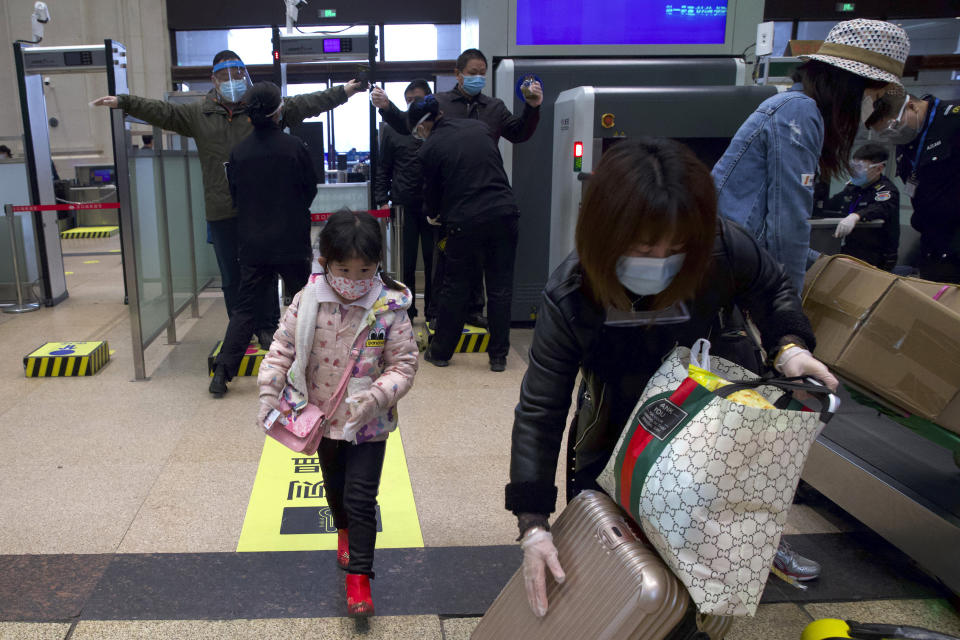
As the clock struck midnight, buildings, streets and bridges across the city’s centre were lit up in a celebration recognizing the landmark moment.
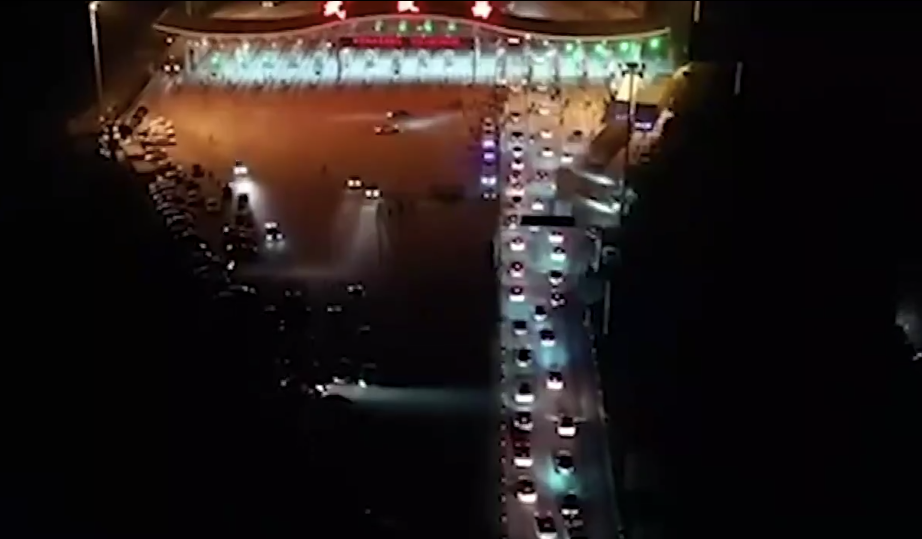
An announcement blaring over Wuhan’s main train station PA system said: "Wuhan deserves to be called the city of heroes. Wuhan people deserve to be called heroes."
Many of those leaving were either migrant workers or those returning home for Chinese New Year, who became trapped within the city.
"In the end, everyone was stuck here together. There was definitely some difficulty,” a 25-year-old man told AFP.
“But we just had to restrain ourselves and stay home."
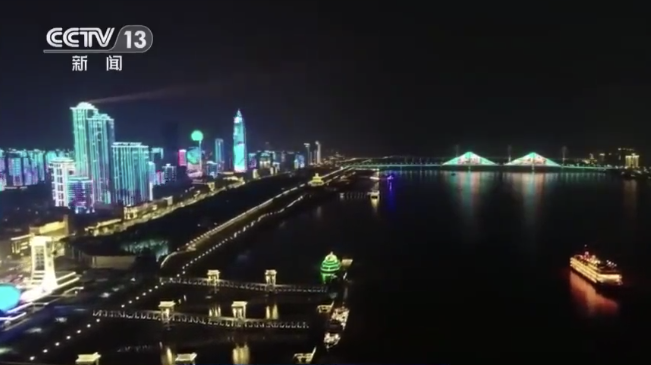
He had returned to his hometown Wuhan before the lockdown and will now head back to Guangdong in China’s south to resume work.
Rebirth of Wuhan! Review the very first moment of Wuhan's reboot after removing its outbound travel restrictions on Wednesday. pic.twitter.com/VC5EcEtbvY
— People's Daily, China (@PDChina) April 8, 2020
China’s state media shared uplifting and motivational video across its multiple platforms, prompting thousands to share their appreciation of the fight undertaken by millions in the city.
“My hometown Wuhan is amazing... our motherland is amazing! I hope China will continue to cheer, this victory will ultimately belong to us!” one person wrote on a CCTV News video shared on China’s equivalent of Google search, Baidu.
Authorities believe more than 50,000 people will leave by rail alone on Wednesday, the South China Morning Post reported.
The scenes were in stark contrast to the city desolated just months earlier amid an ever-increasing death toll within the city.
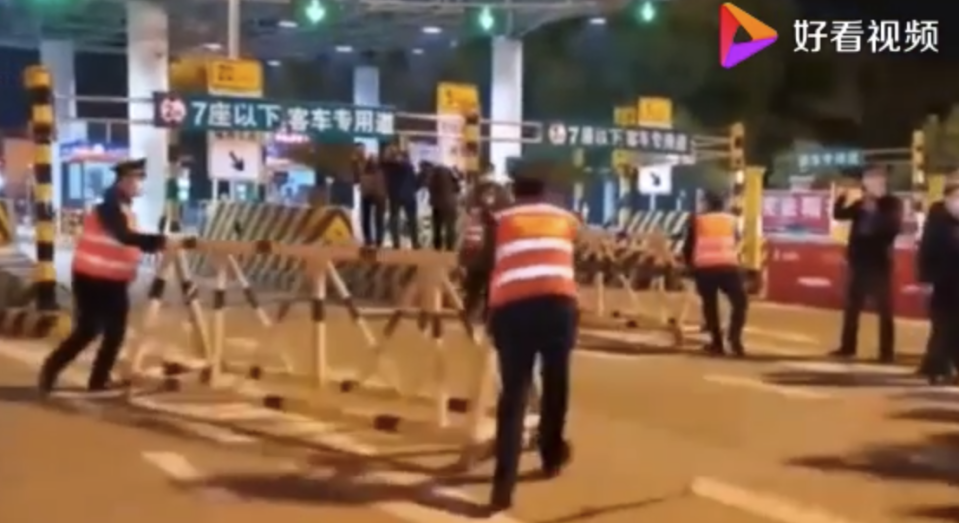
More than 90 per cent of China’s deaths from coronavirus have occurred in the province of Hubei, and the majority of those in its capital Wuhan.
Yet the 3,333 national deaths slowed dramatically in recent weeks, and the lifting of Wuhan’s restrictions coincided with China claiming it had recorded no daily deaths for the first time since January.
Fears easing restrictions could lead to second wave
Wuhan, where the virus is believed to have originated in a wet market in late 2019, was subject to intense draconian measures including a ban on road travel while one person per household was allowed out of their homes every three days to buy essentials.
And while the travel ban is the latest easing of restrictions, those wanting to leave must provide documentation from health authorities that they are healthy and must pass temperature checks.
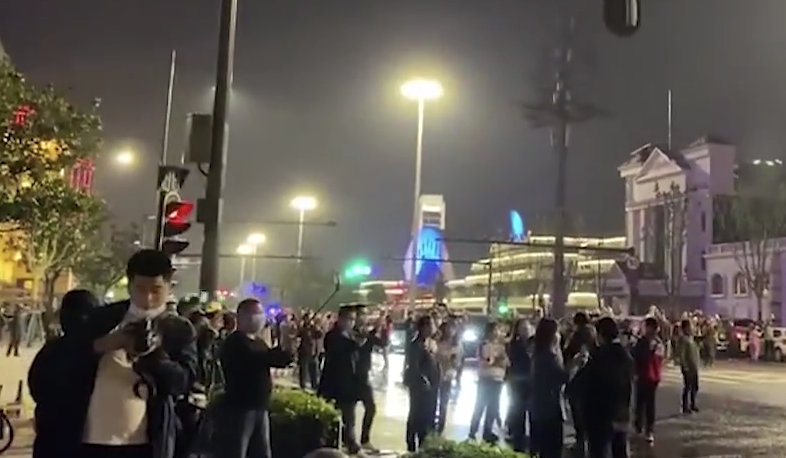
There are some housing complexes which are still determined high-risk inside Wuhan, and residents within those won’t be able to leave.
And all travellers leaving Wuhan will likely face a two-week quarantine period at their final destination.
Many inside Wuhan say there is a long way to go until life returns to normal, while some fear discrimination in other parts of the country if they leave.
There are fears the measures could spark a second wave of the virus in the country, and comes just days after a state in the neighbouring province of Henan was put into a lockdown after a cluster of cases.
China has faced criticism over its initial handling of the outbreak, and has been accused of a lack of transparency in COVID-19’s early days.

Questions over the reporting of case numbers from China continue to be asked, while the nation’s communist party only recently included asymptomatic cases in its overall total.
On Wednesday, a further two deaths were confirmed in China alongside 59 new imported cases, and 137 new asymptomatic cases. Only three symptomatic, locally transmitted cases were confirmed in a nation of 1.4 billion people.
Various restrictions on movement inside the city will remain in place in a bid to prevent a second wave, with authorities stressing "even greater vigilance is needed" following the latest removal of restrictions.
The news will come as a sign of hope for countries who are facing a surging death toll, however China’s unprecedented measures and meticulous implementation is being credited for its swift transition to its current position.
Australia will likely be keeping a close eye on the situation in Hubei, as like the province, which is roughly twice its size in terms of population, it has managed to flatten the curve and is now showing signs of suppressing it.



